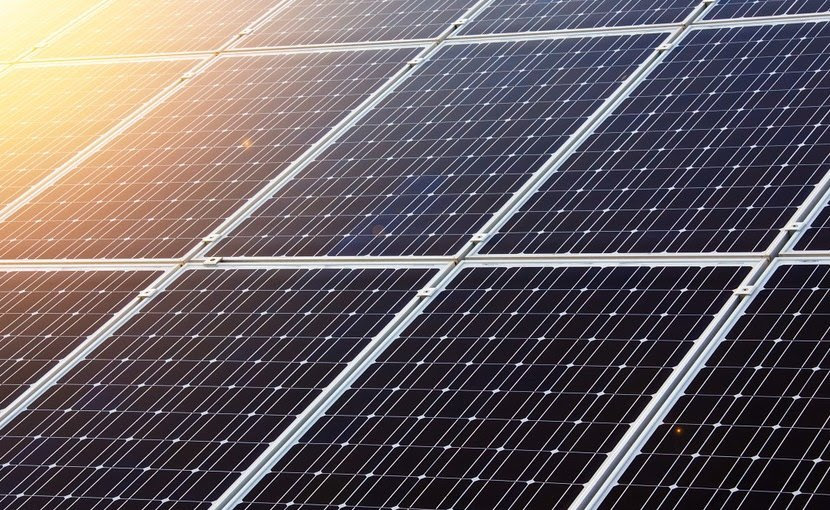Eurasia Review
Said Temsamani
Morocco’s decades-long commitment to clean and sustainable energy is widely recognized. The 2017 Climate Change Performance Index ranked Morocco alongside France, Sweden, and the UK in the top ten most climatically conscious countries, and number one in the developing world, based on criteria including CO2 emissions, renewable energy development, efficiency, and climate policy.
Undoubtedly, Morocco will continue to be on the upswing. The northern African nation has strongly promoted a transition towards renewable energy, which it is now implementing. Morocco is widely expected to rank even higher in the coming years
In fact, the need to change the trajectory of ever higher energy prices has led Morocco to outline and implement a strategy to attract international capital and revolutionize energy generation in the country.
The year 2018 was marked by the achievement of objectives set within the deadline set at the previous working meeting presided by King Mohammed VI in April 2018. Currently, the entire Noor Ouarzazate solar complex (580 MW) is operational as well as Noor Ouarzazate III. This successful synchronization of the solar plants reinforces their position as one of largest operational solar multi-technology complex in the world.
The Noor Laayoune I and Noor Boujdour I solar power plants were also completed for a combined capacity of 100 MW. These two power plants were built under an innovative financing plan that used the first green bond issue in the Kingdom. These plants, which are part of the first projects initiated under the new model of the southern provinces development promoted by King Mohammed IV pave the way for further progress for the benefit of local populations and economic stakeholders.
The new solar complex Noor Midelt (central of Morocco) will optimize response to the needs of the national network thanks to the hybridization of solar, thermal and photovoltaic technologies. The Noor Midelt project is one of the initiatives under the Noor Solar Plan, which aims at producing a total capacity of 2,000 MW by 2020. The first phase of Noor Midelt is expected to consist of two 400MW hybrid concentrated solar power (CSP) and photovoltaic (PV) plants. For each project, 150 to 190 MW would be provided by CSP with minimum of 5 hours storage. The financing, which includes US$25 million from the Clean Technology Fund, will support the development and construction of the Noor-Midelt I and II plants. The plants have a planned capacity of 600-800 MW
As for the wind projects, the launch of the building works for the Midelt wind farm (180 MW) and the Taza wind farm (100 MW) is scheduled for the first half of 2019.
The year 2019 will be also marked by the launch of the repowering project for the Koudia El-Baida wind farm, the first wind project developed in Morocco and operated in 2000 by the ONEE. This repowering project, which will increase the farm capacity from 50 to 120 MW, will take advantage of the latest technological advances in this area and improve the development of the wind energy resources in the northern provinces of the Kingdom. This is a first in Africa and the MENA region.
King Mohammed VI gave his instructions in order to revise and increase the initial ambitions related to renewable energy to exceed the current goal of 52% of the national electric mix by 2030.
To this end, the Sovereign instructed the Head of Government to promote and encourage the exemplary nature of the public administration drawing on the measures laid down in the Royal Speech of Aug. 20. Public buildings will have to set an example by using renewable energy to maximize energy efficiency and achieve significant savings.
Similarly, the Sovereign stressed the need to adopt an additional integrated program to back all the scheduled water desalination plants with renewable energy production units to ensure their autonomy and energy saving, by relying primarily on the deposits available near the plants, like the wind power plant in Dakhla, or even the exploration of new sources of energy such as the waste energy transformation (Biomass) in big cities like the agglomeration of Casablanca.
Morocco continues to refine its energy strategy to better meet the challenges in terms of supply security, access to energy and environmental protection. The aggressive use of fossil fuels is adversely affecting the eco- system not only in Morocco but worldwide. Now, Morocco is getting concerned over this issue and looking for safer alternative energy for generations to come. The country is joining global support schemes to diversify its funding supply, all these elements are in favour of efficiency, in terms of timing and transaction. Morocco is demonstrating its green credentials and is moving toward renewable energy faster than many experts anticipated.








